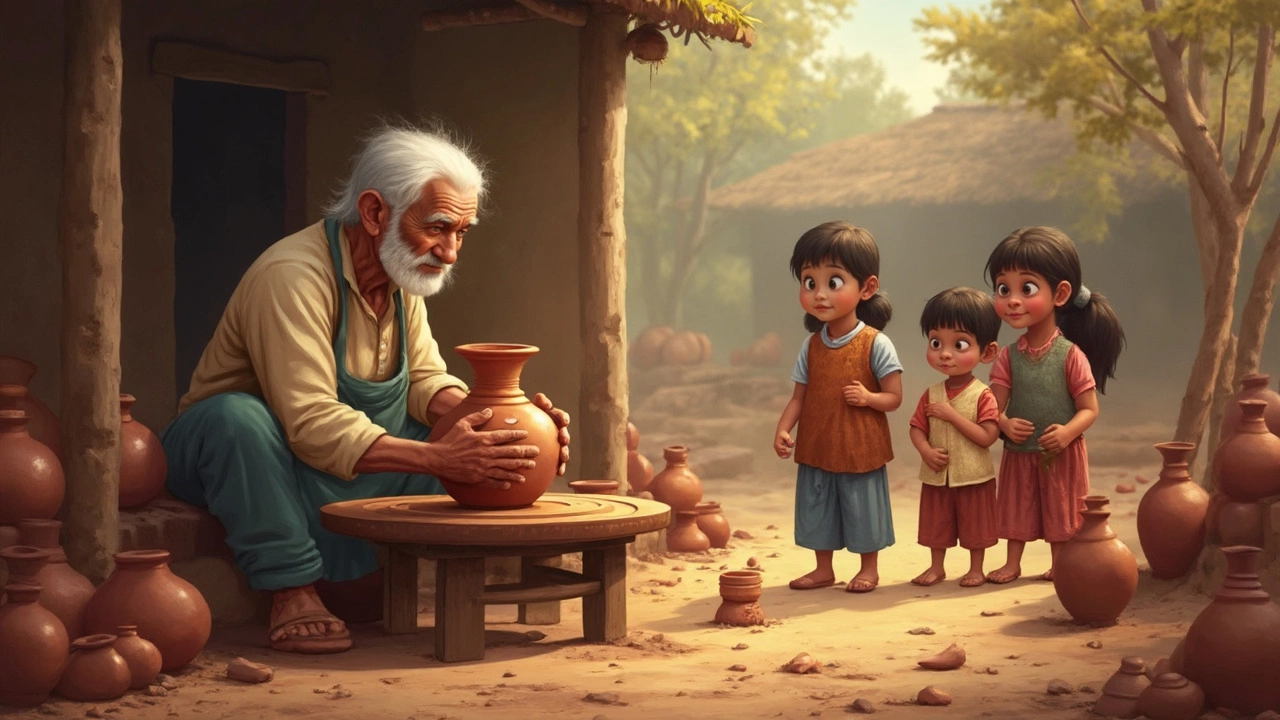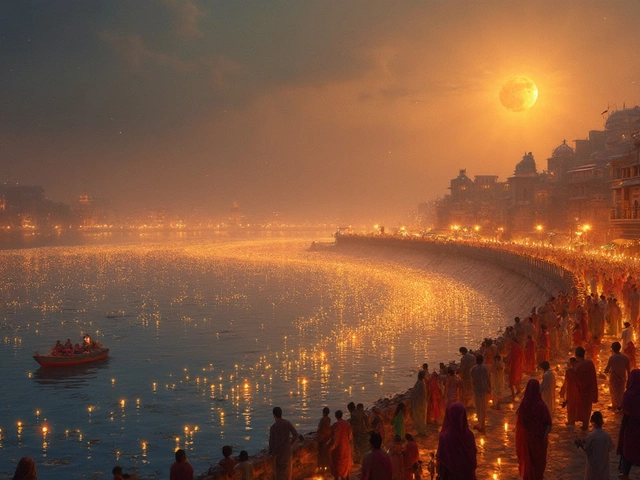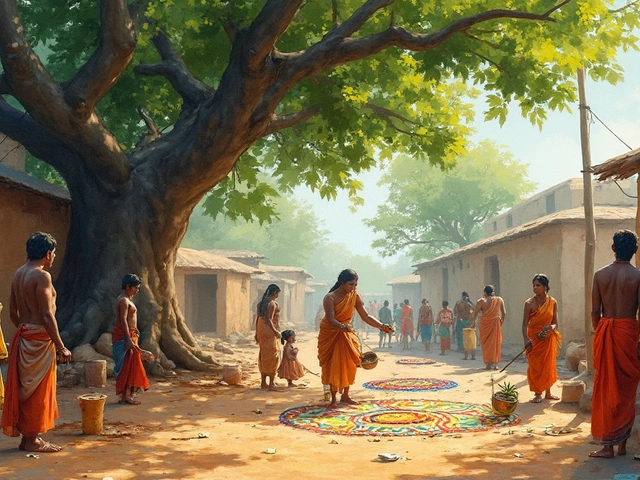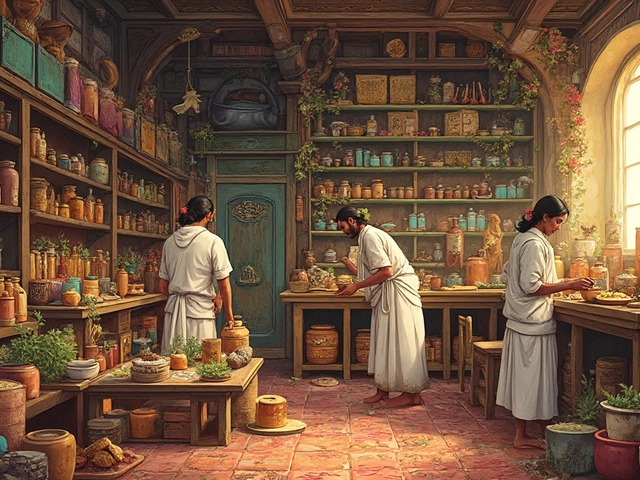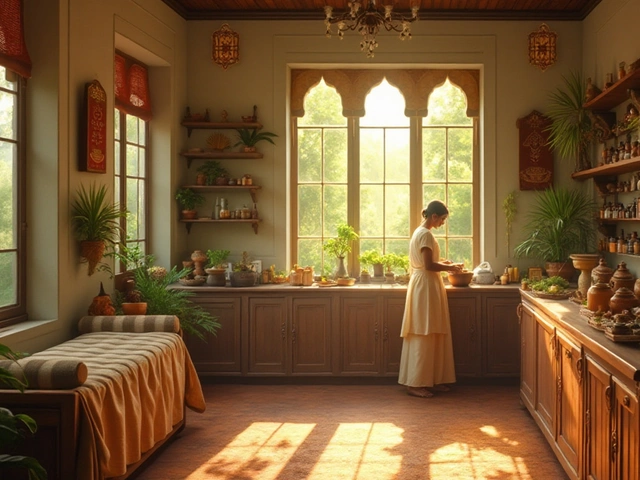Ancient Crafts of India: Living Traditions That Still Shape Today
When you think of ancient crafts, handmade art forms passed down through generations in India, often tied to region, ritual, and identity. Also known as heritage crafts, these are not museum pieces—they’re still made in villages, homes, and small workshops across the country. These aren’t just decorations or souvenirs. They’re living records of belief, labor, and beauty. Every thread woven, every clay molded, every brushstroke painted carries the voice of someone who learned it from their parent, or grandparent, or even from a temple priest decades ago.
Take Pithora painting, a sacred folk art from Gujarat, created as offerings to the deity Rido. It’s not sold in markets—it’s painted on walls during rituals, using natural pigments, and each symbol tells a story of gratitude or prayer. Or consider temple architecture, the stone-carved temples of South India that blend sculpture, math, and devotion into structures that have stood for over a thousand years. These aren’t ruins. They’re still used, still maintained, still inspire new generations of artisans. Even today, you’ll find craftsmen in Odisha shaping bronze idols using the same lost-wax method from the Chola dynasty, or weavers in Banaras weaving silk with patterns unchanged since the Mughal era.
What makes these crafts so powerful isn’t just their age—it’s their resilience. They survived colonial rule, industrialization, and even the push toward mass production. Why? Because they’re tied to identity. In Tamil Nadu, temple dancers still learn gestures from ancient texts. In Rajasthan, block printers use wooden stamps carved by hand, each one unique. These crafts don’t just survive—they adapt. A Pithora artist might now paint on canvas for tourists, but the symbols, the colors, the meaning? Still sacred. A weaver in Kanchipuram might use synthetic dyes now, but the weave pattern? Still the same as it was in 1500.
You won’t find these crafts in big-box stores. You’ll find them in small towns, at village fairs, in the hands of elders teaching kids after school. And that’s why they matter. They’re not relics. They’re relationships—between people, between time, between skill and spirit. The posts below show you exactly how these crafts live today: from the brush of a Pithora painter to the rhythm of a metalworker hammering a bell in a temple courtyard. You’ll see which ones are fading, which ones are thriving, and how ordinary people keep them alive—not as history, but as daily practice.
